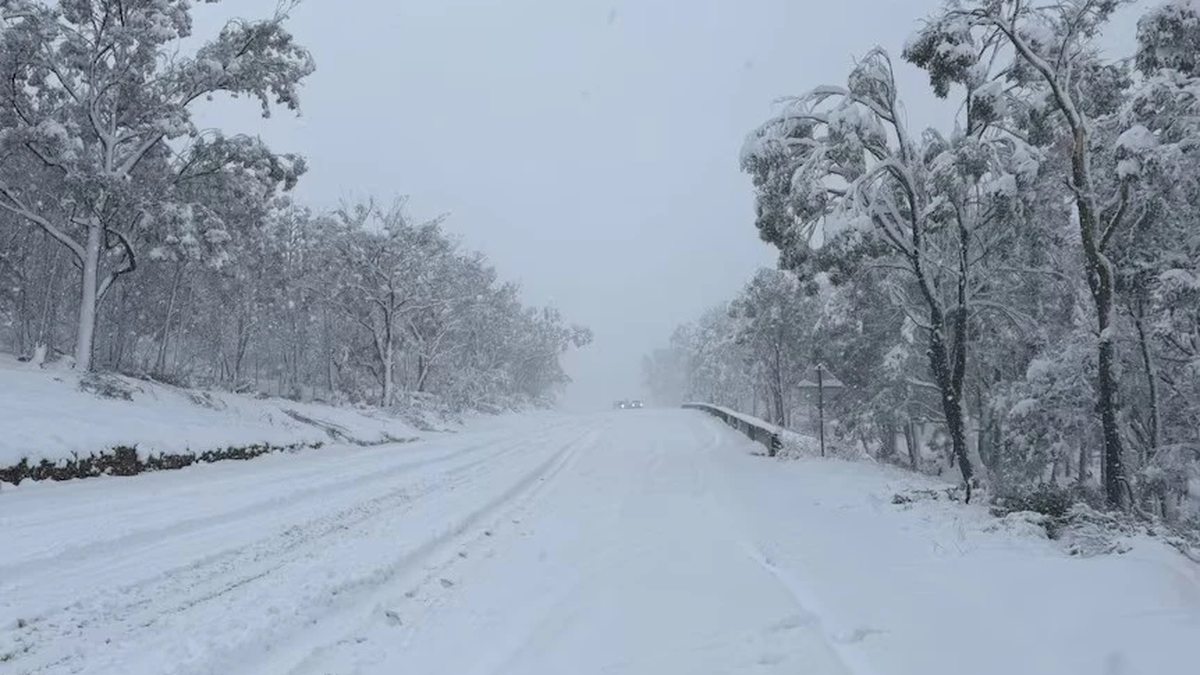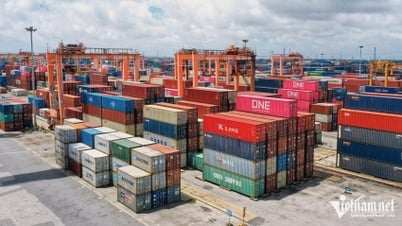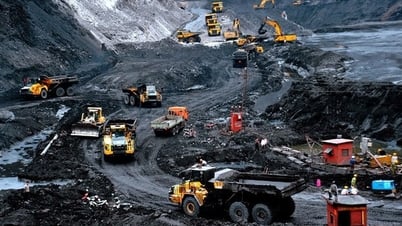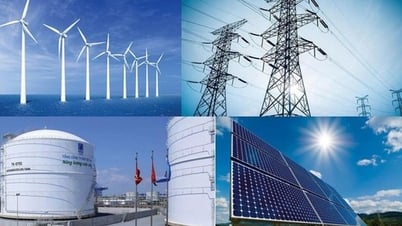Man -made caves on the island of Jersey help authorities deal with floodwaters and prevent pollutants from flowing into the sea.

Inside the floodwater storage cave beneath the park. Photo: BBC
Beneath a car park in St Helier, a giant engineering structure is playing an increasingly important role in helping the British overseas territory of Jersey cope with climate change. Carved out of granite in the mid-1990s, the cave stores stormwater and sewage overflows, preventing pollutants from entering St Aubin’s Bay. It is currently used an average of 50 to 80 times a year. With more extreme weather expected in the future, the use of the vast man-made cavern could increase. A second, smaller cave is due to be built by the end of 2023. The local government is also considering adding additional stormwater tanks, Yahoo reported on May 30.
Dimly lit and lined with dark concrete, the underground structure, completed in 1997, can hold around 25,000 cubic metres of wastewater. Since then, it has helped Jersey’s Bellozanne water and sewerage company deal with stormy weather that puts pressure on an ageing sewer network struggling to cope with the demands of a growing population.
"If there's heavy rain, Bellozanne can't handle the high flow of sewage. Before the cave was built, that sewage would flow out into the sea," said Duncan Berry, manager of liquid waste management for the Jersey government. "Now the cave can receive and store that flow. We can channel it back into the sewer system at the end of the day."
As tall as Jersey’s air traffic control tower and large enough to hold the equivalent of three million toilet flushes, the cave is accessed through a pair of large double doors in the centre of the Snow Hill car park. The cave is cleaned annually, with a team of eight people in full hazmat suits spending around three weeks blasting the surface. With the help of automatic pumps, the sludge is collected and transported to La Collette for incineration. This process often reveals hidden objects beneath the murky water, from plastic food wrappers to wet wipes.
The cave cost $27.7 million to build, double the original estimate. While initially controversial, the project has recently drawn praise. In January, officials credited the cave with helping to reduce the impact of flooding on the island during heavy rains. A second cave, which can store 8,000 cubic meters of wastewater, will open in Bellozanne later this year. After several delays, the total cost of the project is $103 million.
An Khang (According to Yahoo )
Source link























































![[Maritime News] Two Evergreen ships in a row: More than 50 containers fell into the sea](https://vphoto.vietnam.vn/thumb/402x226/vietnam/resource/IMAGE/2025/8/4/7c4aab5ced9d4b0e893092ffc2be8327)












































Comment (0)